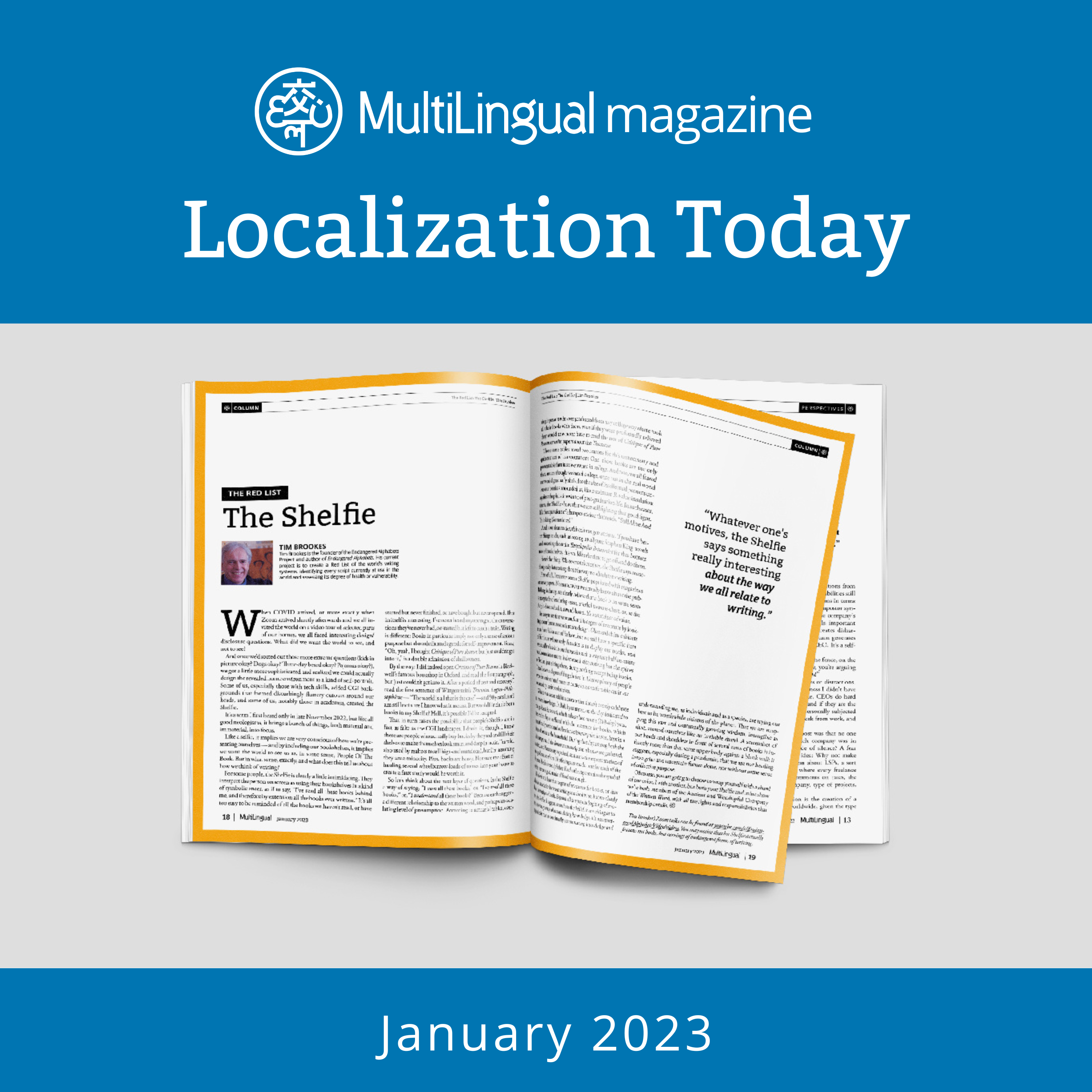Episode Transcript
[00:00:00] The Nomad script by Tim Brooks, an endangered Alphabet, is often evidence of a lost kingdom. No greater kingdom has been lost than the Mongol Empire, and no more widely used Alphabet has shrunk to a fragment of its former glory than the unique vertical Mongol script. Both are deeply identified to this day with Genghis Khan, ruler of the greatest contiguous land empire the world has ever known. One of his acts was to capture Tota Tonga, a Uyghur scribe, and order him to adapt the old Uyghur Alphabet to the Mongolian language. Over the centuries, the empire dwindled. By the year 2000, the Mongol Homelands were reduced to a few parcels of land in Russia, a large but sparsely populated region in China, called the Inner Mongolia Autonomous Region by the Chinese, and Southern Mongolia by the Mongols, and the Republic of Mongolia still, to a large degree, the vast grassland of the horse and the nomad. The Mongolian language and scrip survived to differing degrees in each region. Mongols in Russia, by and large, speak Russian and write in Cyrillic. Under the heavy thumb of the Soviet Union, the Republic of Mongolia was forced to abandon its traditional script in 1946 and also use Cyrillic to write Mongolian. Only in China did the script survive, partly through the influence of traditional Chinese calligraphy, partly through the widespread practice of Tibetan Buddhism, and partly because of the characteristics of the Mongolian script itself, some of the world's most striking and beautiful calligraphy. One of the many fascinating features of the script is its built in calligraphic quality. Every letter is composed of one of six foundational strokes known as head, tooth, stem, stomach, bow, and tail. Moreover, each letter has three initial, used when it comes at the beginning of a word, medial, used when it comes in the middle of a word, and final. I'll leave you to guess what that means. In almost every case, both the initial and final forms have a certain flourish, whereas the medial tends to be simpler and more contained. The effect is to allow the writer to start each word with a kind of fanfare and to sign off with a swoosh, an effect that is amplified and made more expressive when using a brush. The tradition of writing each word in a single continuous motion gives both energy and flow. Writing becomes not a sequence of disparate phonetic symbols, but a drama, an offering. This tradition and these skills, like calligraphies in many other cultures around the world, ebbed in the early 21st century. In 2011, a proponent of the script wrote traditionally, mentors select the best students and train them to be calligraphers. Over a period of five to eight years, students and teachers bond for life and continue to stimulate each other's artistic endeavors. But the rate of social transformation, urbanization and globalization have led to a significant drop in the number of young calligraphers. At present, only three middle aged scholars voluntarily train the small community of just over 20 young calligraphers. Matters would get worse, though. In 2020, the Chinese government announced that school children in Inner Mongolia, the last surviving home of the Mongolian script, would now be schooled in Chinese. The response was immediate and unique. Mongols throughout the region protested the order with calligraphy. Walls, sported slogans in mural form, and beautifully hand painted banners were paraded through the streets. This artistic resistance did no good. The Mongolian language and script as medium of instruction have been completely banned since September 2023 in all educational systems throughout southern Mongolia, reported Engabatu Togochog, director of the Southern Mongolian Human Rights Information Center. Teaching of Mongolian as a foreign language was promised by the authorities, but this promise has largely gone unfulfilled, especially as many of the teachers now hired for the region speak only Chinese. The fact that this is not the end of the story says a great deal about calligraphy itself, which in the Eastern Hemisphere in particular means much more than exquisite penmanship. Building instead on the tradition that the letter is both a sacred symbol and an art objects, Mongolian calligraphy combines poetics of both writing and art and in doing so invites the calligrapher to use the medium in ways that are both personal and universal. Nowhere is this better illustrated than in the work of Tamir Samand Badropurev, an award winning artist who has dedicated his life to Mongolian calligraphy, exhibiting, developing and teaching his art in numerous countries in Europe and Asia. Working mainly on paper, with ink, or on ceramic and porcelain, A calligrapher is also a philosopher, he has written. Being a calligrapher is more than just writing beautiful letters. It is a meditative practice that requires deep concentration and focus. It is also a powerful way to share ideas with others. In many ways, calligraphy is akin to philosophy. Both calligraphy and philosophy require us to slow down and to pay attention to the details. They also require us to think critically about the world around us and to express our thoughts in a clear and concise way. In 2018, Tamir and his wife, Agata Khmeleka, founded Erdenesian Curie, a non profit center for the exhibition and teaching of calligraphy located in Karcoran, the ancient capital of the Republic of Mongolia, whose government has reintroduced the use of Mongolian script in official documents. Students and fellow calligraphers come from all over the world to study and practice and to watch Tamir at work. His dynamic approach toward the script itself, toward the abstract, in a way, is the approach I like so much, explained Fuchs Karachovic, a Czech who first attended one of Tamir's workshops in 2019. It is still legible. You can still see what the specific characters are, but not at first sight. You need to think about it. The main focus is not on being legible, but on a dynamic expression of the meaning. I think it's the perfect combination of an artist and the Mongolian nature. When I see him at work, it all just fits. It's the dynamic of the nomad with the Buddhist overlay to everything. It seems incredibly natural. At its finest, calligraphy is rooted in its history and traditions, yet shows that those traditions still have energy and life. It's like blowing on embers and watching a flame ignite. To be a nomad is to live in harmony with nature and finding a balance, tamiya wrote. A life without constraints of modern burdens, life rich in tradition and culture. It is a way of life that is deeply connected to the land, to the people and to the sky.
[00:07:41] It means being self reliant and resourceful. It means being able to adapt to change and challenges. I am proud to be a nomad.
[00:07:51] This article was written by Tim Brooks. He is the founder of the Endangered Alphabets Project, which aims to create a list of the world's writing systems, identifying every script currently in use and assessing its degree of health or vulnerability. Originally published in multilingual magazine, issue 235December 2025.


